For chemists trying to purify polar compound mixtures, optimizing the chromatography can be very challenging. When hexane (or heptane) with ethyl acetate and a silica column fails to effectively purify the reaction product, the default go-to methodology is often a shallow dichloromethane - methanol (DCM - MeOH) gradient on a silica column, usually in the order of 0-5% to 0-20% methanol over at least 10 column volumes (CV) and usually longer. The shallower the gradient, the harder it is for the flash system (even HPLC systems) to accurately create it.
The problem with the shallow gradient approach is the results can be unpredictable, even when using TLC data as a guideline. Why? Because methanol is very protic and is a strong displacer of compounds adsorbed to the silica after sample loading. Once a compound is displaced by methanol, it is free to elute often leading to earlier than expected elution. That is because with DCM - MeOH gradients, a small change in methanol percentage can cause major changes in compound elution, which is one of the reasons these gradients tend to be long.
I am often asked about the maximum methanol percentage that can be used with silica as chemists are concerned about its dissolution since sometimes polar mixtures require methanol concentrations of 20 or more percent. While silica does not actually dissolve in methanol, it can fracture (depending on silica type).
If you have had to use shallow DCM – MeOH gradients, you likely have encountered this issue. There are alternatives, however, that are simpler, safer, and easier for the chromatography system to create that are usually more effective than DCM - MeOH. These include reversed phase as well as a technique called HILIC, that uses silica columns with water and acetonitrile as mobile phase solvents.
How do these alternative techniques compare to shallow DCM - MeOH gradients? Well, let’s take at the purification of the reaction product of hippuric acid and α-methylbenzylamine. This polar amide did not purify well using a heptane - EtOAc gradient so a DCM – MeOH gradient was utilized. Using a Biotage® Selekt flash chromatography system with 0-10% MeOH in DCM gradient, the reaction mixture was purified but yielded a less than desirable separation, Figure 1.
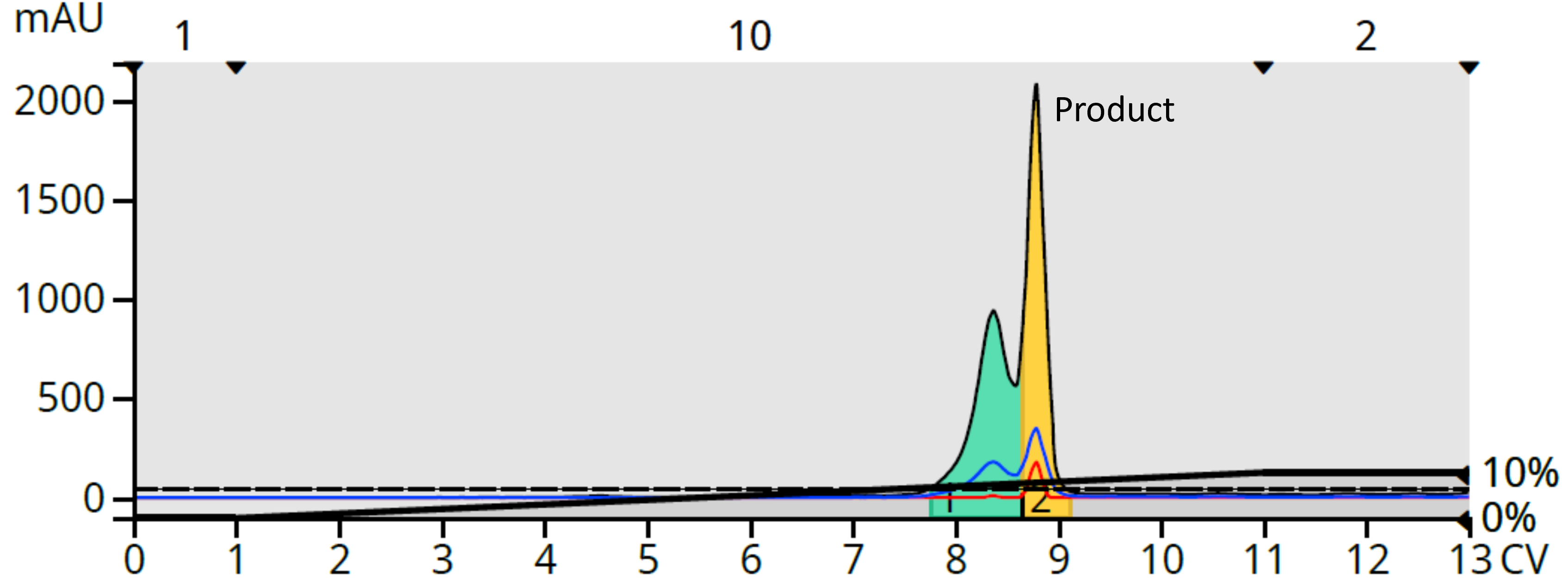
Figure 1. DCM - MeOH purification of the reaction mixture provided only a partial separation.
As an alternative, reversed phase flash chromatography with a 30-70% H2O - MeOH gradient was used on the same flash system, Figure 2. This method successful resolved the product from the by-products while eliminating hazardous DCM.
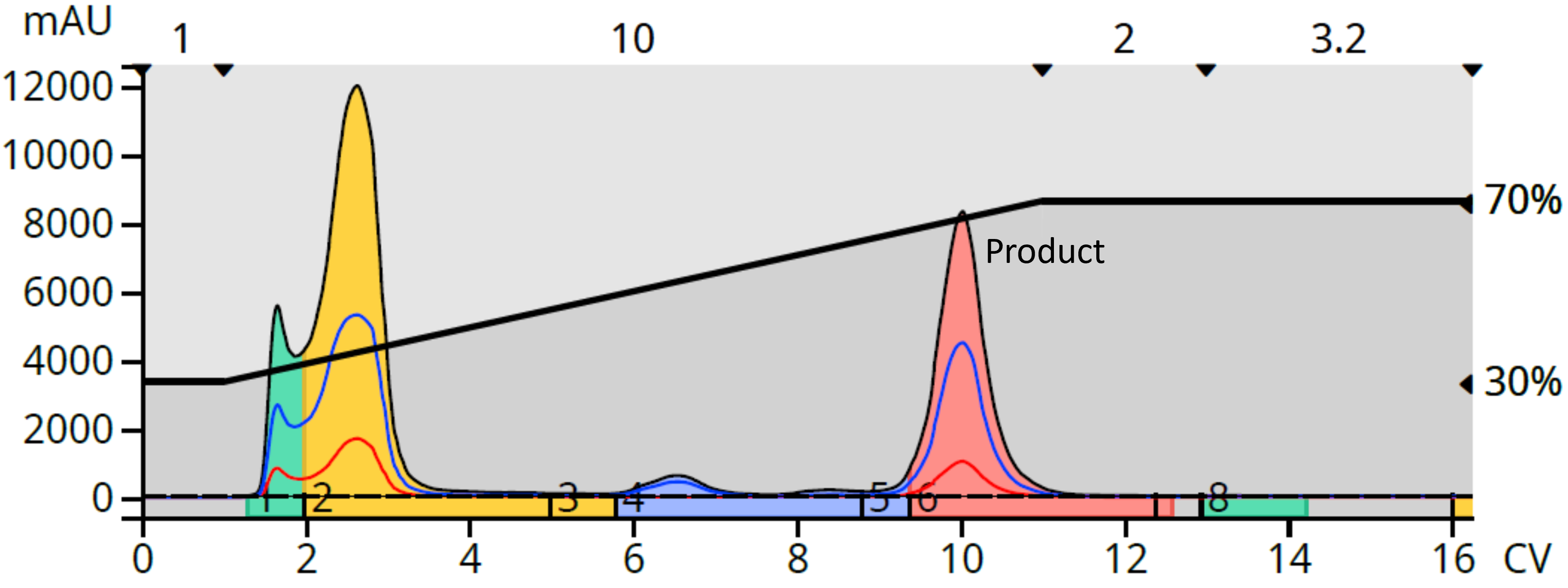
Figure 2. Reaction mixture purification using reversed phase flash chromatography provided a superior purification.
If we look at a reaction more polar than the one above using nicotinuric acid and benzylamine, we have a purification method requiring 30% MeOH in DCM, Figure 3.
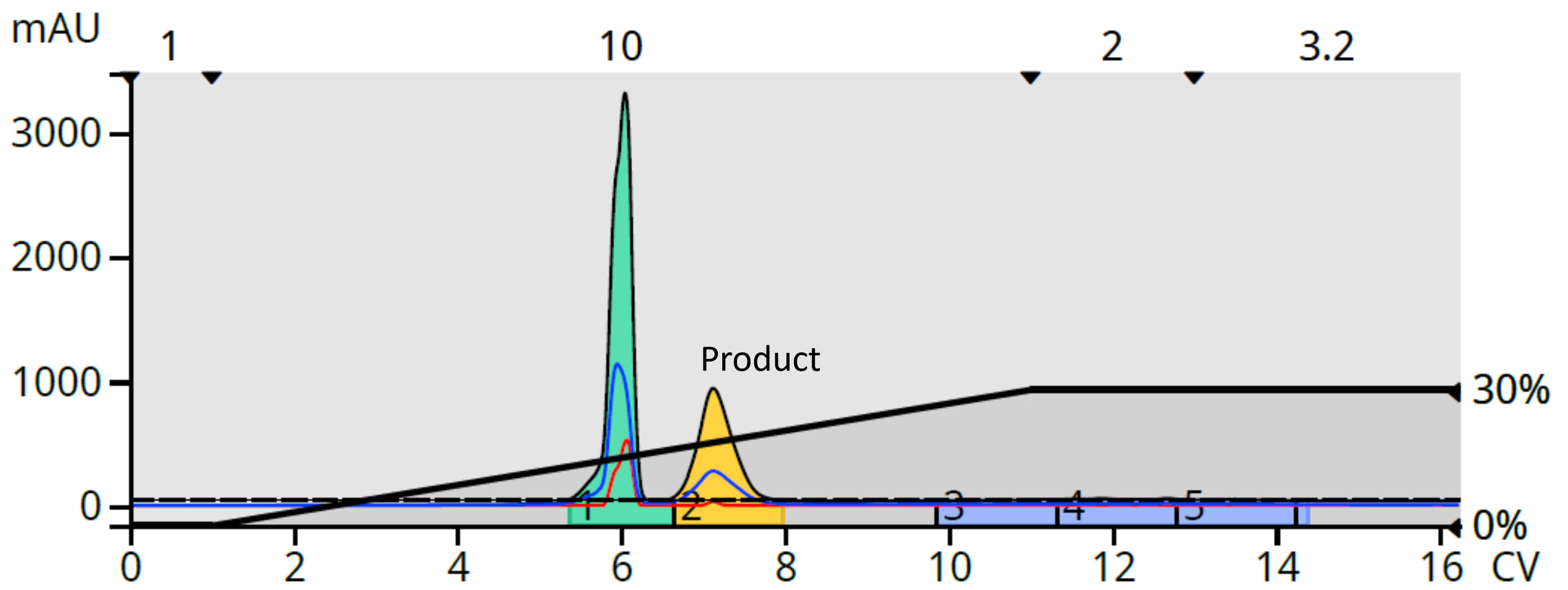
Figure 3. Nicotinuric acid and benzylamine reaction mixture purified with a 0-30% MeOH in DCM gradient.
While this method provided a full separation of the product and major by-product, the amount of resolution between them limited the reaction’s scalability and would require potentially unsafe purification conditions.
Following the same strategy used with the hippuric acid and α-methylbenzylamine reaction, reversed phase purification was used. However, while this technique provided poor result, failing to fully separate the product from the by-products, Figure 4.
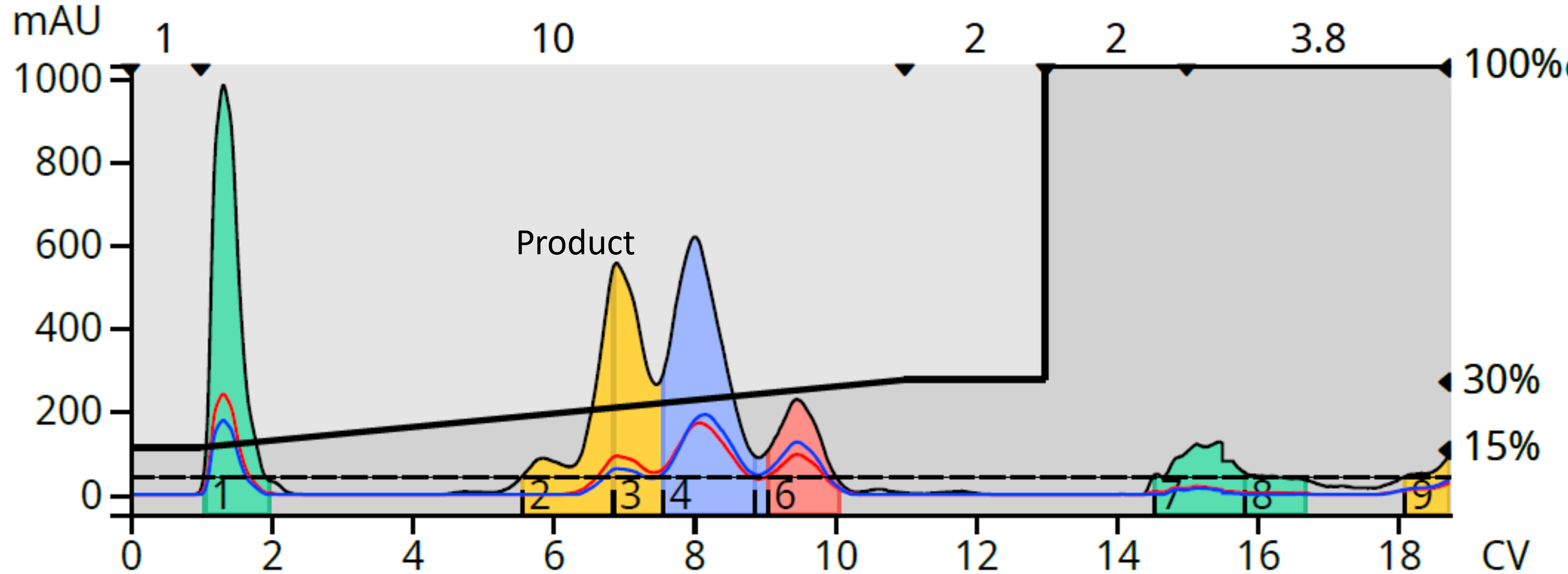
Figure 4. Nicotinuric acid reaction mixture reversed phase purification did not resolve the product from several byproducts.
With reversed phase not working as desired, the next option was HILIC (hydrophilic interaction liquid chromatography). HILIC uses a polar column (silica) with polar solvents (water and acetonitrile) to separate polar compounds. When used with this reaction mixture, a full separation of the product and the myriad by-products was created with substantial resolution for scaling up, Figure 5.
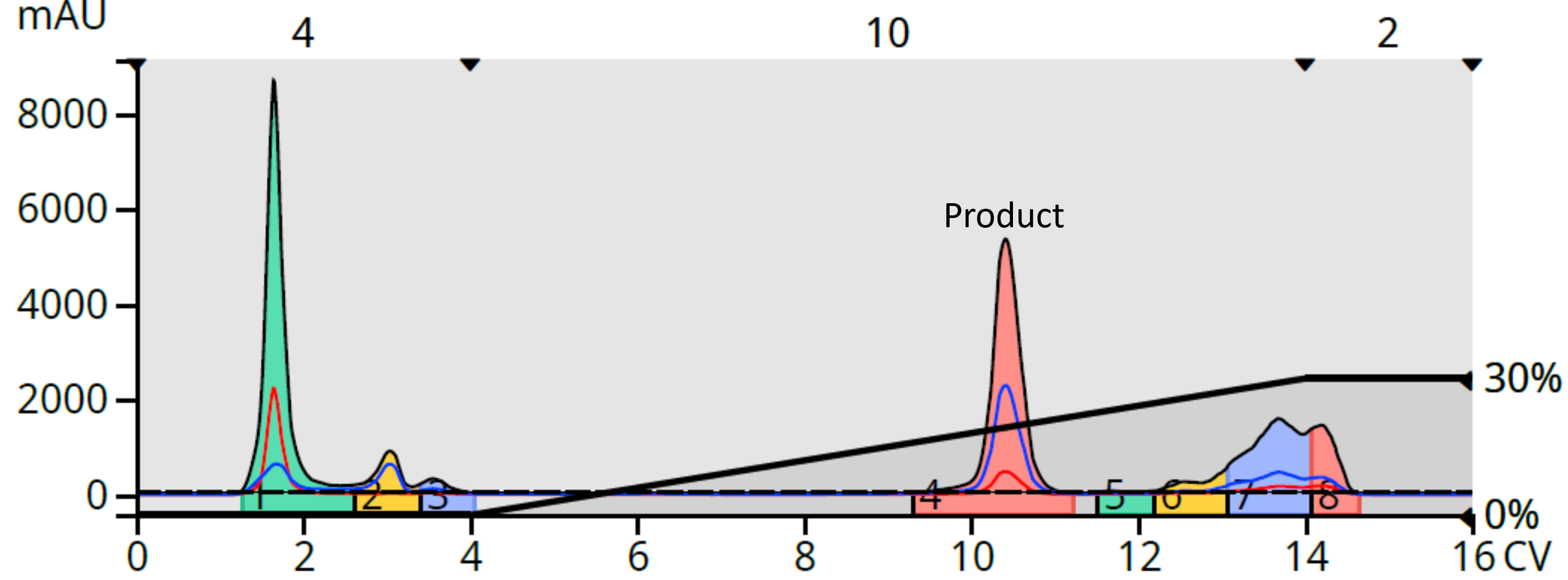
Figure 5. HILIC purification of the nicotinuric acid reaction mixture completely resolved the product from the byproducts.
So, the next time you need to purify polar reaction mixtures, why not try reversed phase or HILIC. Your chromatography will likely be simpler, easier, and environmentally friendly. For more information, download our white paper.

